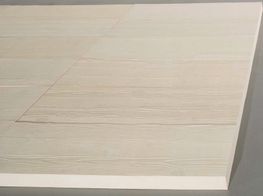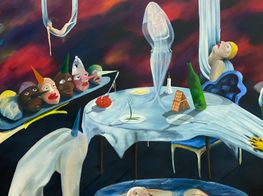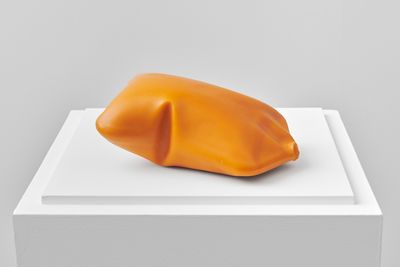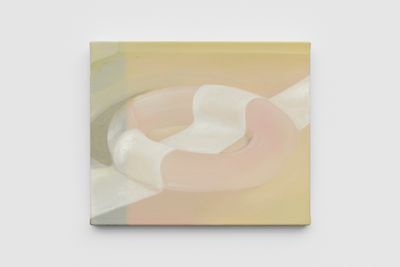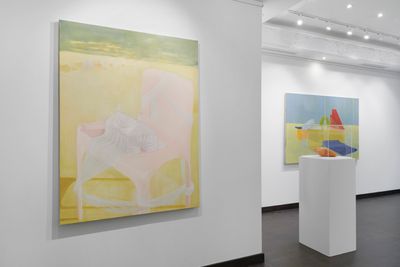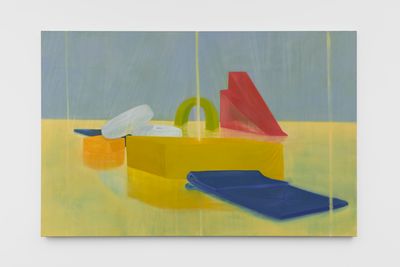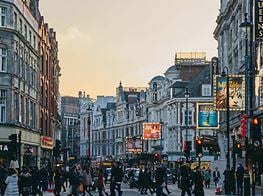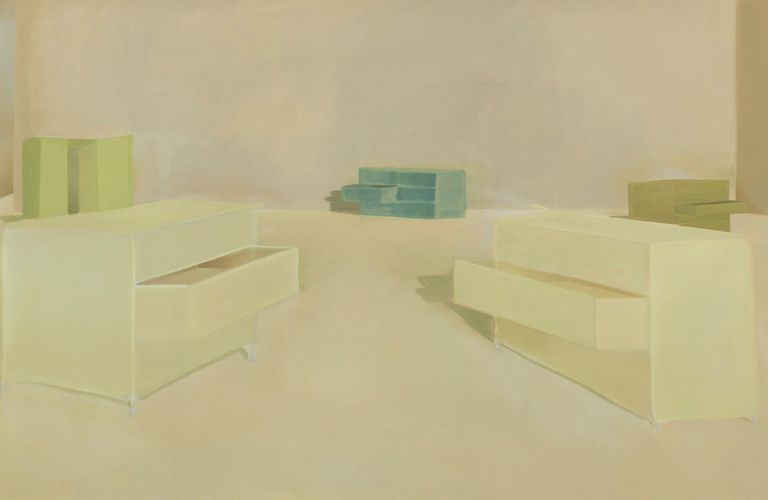
Rachel Whiteread and Mary Stephenson
Bear Witness to the Overlooked
The spaces that float between the tactile world we inhabit are so often made to appear invisible. Yet a space devoid of human presence is a fertile ground for memory and an opportunity to bear witness to the overlooked.
In his curatorial debut, Jeremy Scholar brings Absent Presence (24 February–19 March 2023) to 20 Davies Street, London, where eight works by British artists Rachel Whiteread and Mary Stephenson seek to render the invisible, visible.
Turner Prize-winning sculptor Rachel Whiteread is well known, with her cast objects a regular fixture in the Young British Artists exhibitions of the 1990s and beyond. The whimsical evocations of Mary Stephenson, however, may be less familiar.
A North Londoner in the final year of her MA at London's Royal Academy Schools, Stephenson has garnered attention for her playful, surrealist lens in a number of well-received shows.
Her solo exhibition Soft Serve (30 December 2022–4 March 2023) currently adorns the walls of Shanghai project space LINSEED, while earlier last year, she presented Suddener Than We Fancy (2022) at Incubator, London—the brainchild of Angelica Jopling, daughter of White Cube's Jay Jopling.
But it was Stephenson's inclusion at the RA Schools show, Premiums 2 (18 February–18 March 2022) in London which caught the eye of Jeremy Scholar, setting his curatorial wheels in motion.
The ghostly arrangements and shadowed figures of Stephenson's two works on show, in Scholar's mind, spoke to the ingenuity of Rachel Whiteread's casting as a means to make visible the traces of humanity. Cue Absent Presence.
With Dr. Jennifer Sliwka, lecturer and curator at Kings College London and the National Gallery, behind the exhibition text, we are introduced to a show of works that 'explore the fertile ground of space and question how full an empty room can be', explains Stephenson.
And this she does with great success, presenting a selection of works (all produced this year, bar one) where human presence is simply hinted at through the abandonment of domestic objects.
Tension and unease loom between the discarded and oddly defunct furniture in Pink Chair (2023) and Chest of Drawers (2022), while children's toys strewn across Glossy Floor (2023) are riddled with a similar sense of past presence.
Of smaller dimensions is Round (2023), which maps the negative, uninhabited space with a white gauzy veil laid across a hoop. Its form brings to mind the spatial experimentation of Renaissance painter Paolo Uccello.
The exhibition is complemented with a selection of Whiteread's sculptures, notably Torso (1993), a cast rubber hot water bottle from the artist's long-running series.
Started while a student at Slade School of Fine Art in the late 1980s, Whiteread's 'Torso' series has since been realised in almost every material the artist has worked in, including plaster, cement, resin, aluminium, and dental plaster.
On the nearby wall you'll come across Untitled (2000), a concrete cast of four inverted bookshelves. It is a sculpture similar in appearance to Whiteread's revered Judenplatz Holocaust Memorial (2000) in Vienna.
With spines positioned inwards and authors and contents remaining invisible, viewers are left admiring how her works, in all their austere simplicity, could be charged with such emotional resonance and wonderment.
This is a show of two artists with distinct processes and at points in their careers. Where others see absence, Whiteread and Stephenson are united in their efforts to bear witness to the overlooked, treating space as a form pregnant with potential.—[O]
Main image: Mary Stephenson, Chest Of Drawers (2022). Oil on linen. 130 x 240 cm. Courtesy Jeremy Scholar. Photo: Benjamin Westoby.

